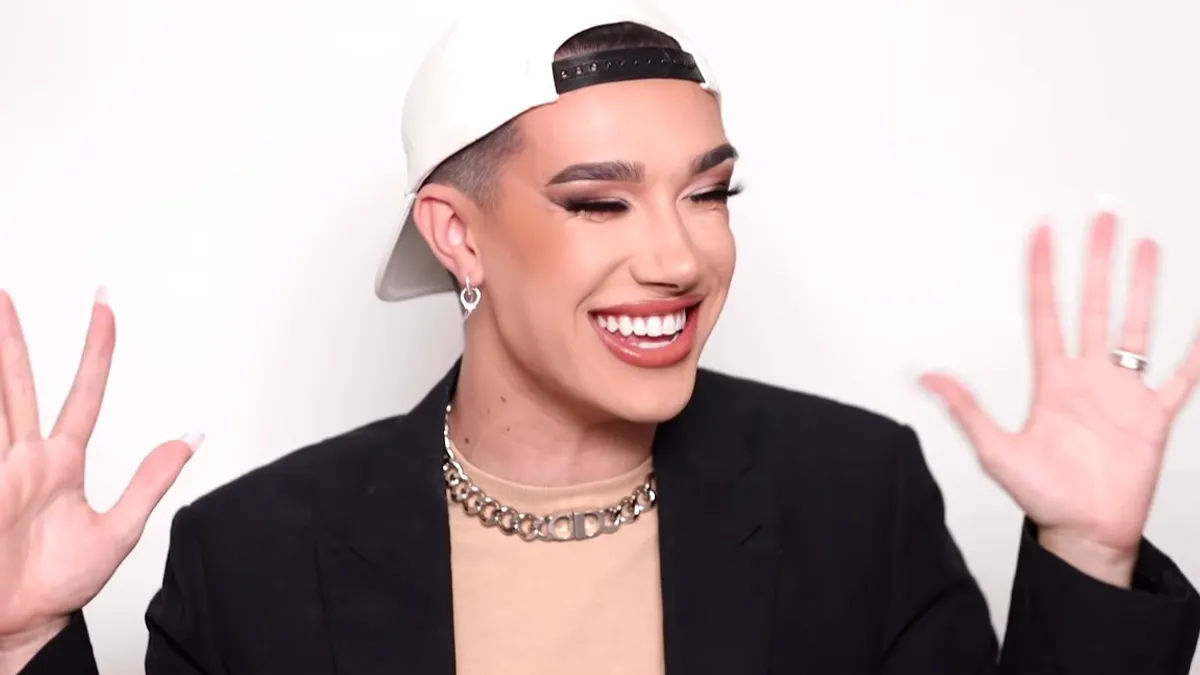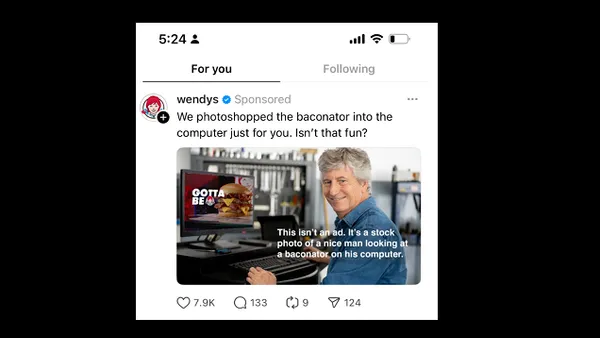Dive Brief:
- Almost three quarters (73%) of marketers in the U.S., U.K. and Germany said they put more resources into influencer marketing in the past year, per survey results from social influencer marketing agency Takumi. At the same time, 38% of consumers said they're open to seeing influencers in traditional advertising.
- Marketers in more traditional ad channels are among those increasing resources for influencers the most, including out of home (OOH) advertising (83%), TV and radio (81%) and print (80%). Fifty-seven percent of marketers have worked with influencers on multiplatform campaigns, including 61% in the U.S., 60% in Germany and 51% in the U.K.
- Most marketers are spending more money on influencers than in years past, often showing influencers in traditional media channels like TV and radio rather than just social networks that helped them first gain recognition. The potential impact of influencers is expanding into other content areas as well, with 41% of consumers saying social media influencers should use their platforms to discuss current affairs and everyday activism. Takumi commissioned the survey of more than 3,000 consumers and 756 marketers in the U.S., U.K. and Germany.
Dive Insight:
Influencer marketing continues to gain traction as brands collaborate with personalities who have built a following on social media, often featuring influencers in multichannel campaigns, Takumi's survey indicates. The expansion into other media channels is a sign of how influencers' effect isn't confined to social media or video-sharing platforms that highlight trending content and help influencers to gain a following. There are numerous examples of brands that have embraced influencers in their multichannel efforts over the years, including Coty's CoverGirl brand with James Charles, Coca-Cola with Lilly Singh, Jimmy John's with Andrew Bachelor and Lancôme with Michelle Phan.
Marketers also are looking at more social media channels for future campaigns, Takumi's survey found. Fifty-eight percent of marketers are weighing how to work with influencers on YouTube, followed by 55% on Instagram, 35% on TikTok, 20% on Twitch and 10% on Triller. Instagram helps to drive shopping activity, with 25% of people ages 16-24 saying the photo-sharing app is the most likely advertising platform to lead to a purchase. Most marketers recognize the ability of influencers to drive sales, with almost two-thirds (60%) saying influencer marketing provides a better return on investment (ROI) than traditional advertising.
Forty-one percent of consumers said social media influencers should use their platforms to discuss current affairs and everyday activism. Among content creators, more than 50% said diversity was the No. 1 issue that marketers and brands need to address. Twenty-five percent of influencers want to form relationships with brands that share their values on diversity, the environment and social issues. More than half (55%) of marketers in the U.K., U.S. and Germany said they would be anxious about working with an influencer who is vocal about social and political issues, suggesting that many brands would prefer to avoid stirring controversies. While brand safety is a concern, many major retailers and brands — Patagonia, Gap, Ben & Jerry's and more — are leaning into activism or campaigns about voter education, environmental wellness, combating racism and other social causes.














